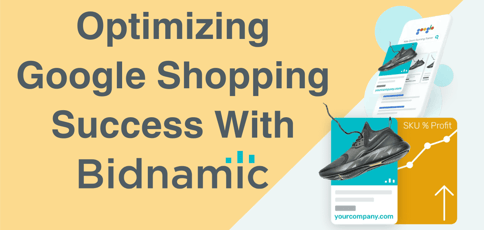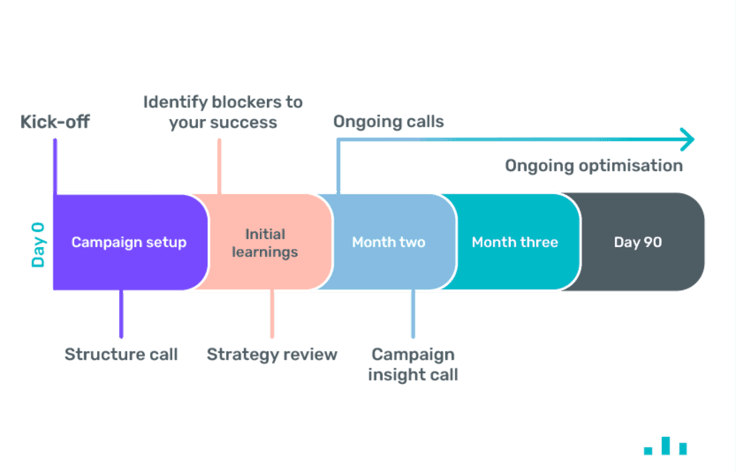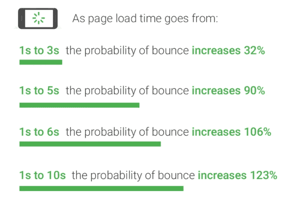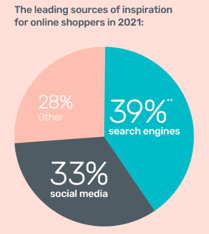
TL; DR: In today’s world, where Americans are shopping online more than ever, standing out in the digital marketplace is imperative. Alun Davies, Chief Marketing Officer of Bidnamic, sheds light on how its Google Shopping Management software reshapes online retail. This AI/ML-powered platform optimizes bidding, elevates product visibility, and enhances user experiences, aiming to capture potential customers right when they’re ready to purchase.
It wasn’t too long ago that typing an item into your browser’s search bar was a novelty. Since the inception of Google in 2002, you could easily search for “men’s jeans” or “Halloween costumes” and be met with a few dozen results from a couple of different companies.
Back then, only 35% of Americans were shopping online. Today, that segment has soared to more than 80%. As more consumers gained confidence shopping online, the number of retailers setting up shop on the web surged, resulting in nearly 9 million eCommerce sites on the World Wide Web today.
Nowadays, when you browse popular eCommerce marketplaces like Google, eBay, or Amazon, there are thousands upon thousands of search results. And if you’re running a business, you probably understand the fierce competition when attempting to secure a spot on the first page of search results.

That’s where Bidnamic steps in. Its Google Shopping Management software is crafted to boost profits and optimize revenue and profitability for eCommerce business owners struggling against the intense competition. Bidnamic achieves this through data insights, human expertise, and artificial intelligence/machine learning (AI/ML).
“When people are in the final stages of buying, they tend to go to Google to do a final check to ensure they’re getting the best price, so visibility is important,” explains Alun Davies, Chief of Marketing Officer at Bidnamic.
Here’s how Bidnamic is helping businesses make the most of every click so they can thrive in the fast-paced world of eCommerce.
Understanding the Importance of User Experience and Online Shopping
Understanding what the average online consumer wants is an art and a science. But before diving into user experience (UX), you first have to get noticed by the customer.
One of the most popular product listing platforms is Google Shopping. It allows users to search for products on online shopping websites and compare prices across various vendors.
Alun emphasizes that Google Shopping is a high-intent platform, attracting ready-to-buy traffic.
In other words, when people use Google Shopping, they’re usually already in the final stages of the buying process and are actively looking to buy a product as opposed to being in the browsing or researching stages.
“It’s a proven platform for capturing users at the point of purchase,” Alun says. “With correctly configured campaigns, businesses can draw in those individuals looking to make an immediate purchase.”

User experience also plays a vital role when deciding to make an online purchase: 13% of visitors abandon a page if it takes longer than two seconds to load — so rapid page loading is crucial for conversion rates.
Bidnamic aims to continue building pages that load in less than two seconds.
“There’s good research done not so long ago by Google to prove that if the page load speed is more than five seconds the probability of bouncing increases by 90%, so it’s very significant,” Alun says.

Conversion rates can fluctuate based on your business objectives. Still, the term usually refers to the percentage of visitors who take a specific action after interacting with your website or ad. This could range from clicking on a link or advertisement to purchasing from your online store.
“Expectations of the user journey are quite high. Shoppers tend to have less patience with websites that might be slow to load. Or perhaps the landing pages don’t have the products relevant to what the online shopper was looking for,” Alun says. “It’s quite easy to return to the search results and then go to a competitor.”
In addition, Alun explains there’s a concern for brand trust. Around 70% of online shoppers will read between one and six reviews before deciding. Alun suggests showing shoppers your brand is trustworthy by leveraging social proof, reviews, and third-party payment technologies.
While a team of experts often works behind the scenes to craft the perfect strategy, Bidnamic leverages ML to automatically capture and execute tasks to secure the prime spot for your listings.
The Secret Behind Bidnamic’s AI/ML-Powered Google Shopping Strategy
The future of AI/ML is already upon us, and Bidnamic leverages it to its clients’ advantage. It uses AI/ML to automate bidding, optimize ads, and analyze campaign performance.
Like eBay, Google Shopping features a bidding section where users compete for items. Bidnamic employs its ML platform to automate the bidding process for eCommerce companies that are using Google Shopping ads.
It also harnesses data from Google Shopping ads to automatically refine search ads, PPC, and text ads by extracting keyword data from its clients’ campaigns.
“Utilizing search data from Google Shopping is a great way for eCommerce companies to improve the return they get from other campaigns,” Alun says.
With this information, you can get up-to-date information to make business decisions. Quickly sort through your data dashboard, where you can see how your budget is spent and how you can improve your product feed to achieve higher visibility on the search page.

After all, nearly 40% of online consumers rely on search engines to find the products they’re looking for.
One issue Alun highlighted is that some clients don’t have a lot of historical data in their advertising campaigns, so it takes longer to generate the data for ML to drive better results.
Bidnamic doesn’t leave you in the dust, though.
“We work closely with our clients to ensure they maintain their campaigns and performance until the ML kicks in,” Alun says. “Once the data is in the account, the ML does the rest, and you get immediate benefits.”
Bidnamic Elevates eCommerce Experiences with Shopify Integration
Bidnamic’s recent integration with Shopify, a powerhouse in the eCommerce platform realm, allows users to create and manage online stores effortlessly. Shopify is the platform of choice for more than 4.5 million eCommerce sites worldwide.
“We’ve worked very closely with Shopify, and we’ve integrated some of the Shopify features into our landing page technology,” Alun says. “We can pull the relevant product feed into the above-the-fold content on landing pages to ensure it’s relevant to what the shopper actually searched for.”
With its vision and dedication, its Google Shopping Management platform is shaping the future of eCommerce advertising. Book a demo with one of Bidnamic’s Google Shopping specialists today.
In the meantime, play around with Bidnamic’s free performance calculator, Benchmark Insights, to see where you land against your competitors, or track the top advertisers in your vertical every month with the Impressions Index.



